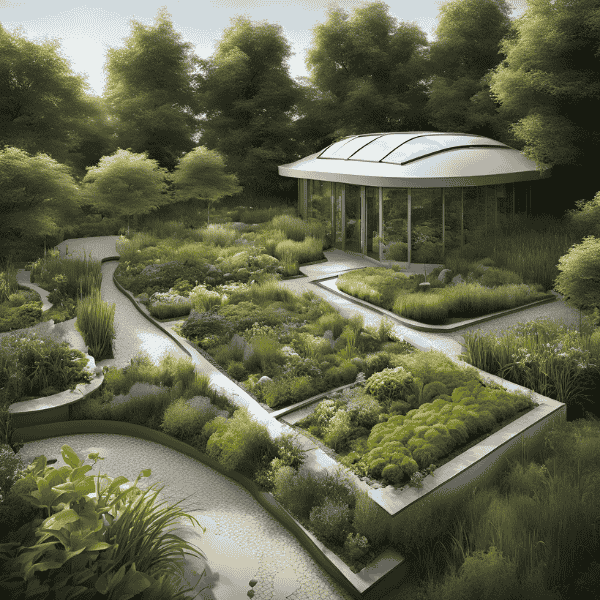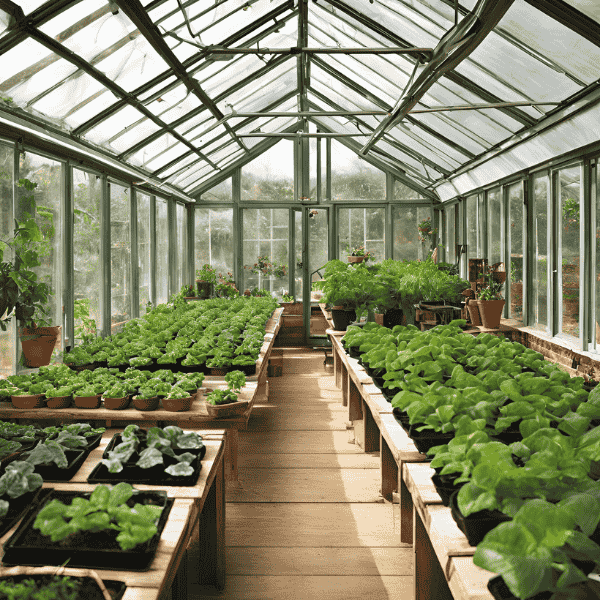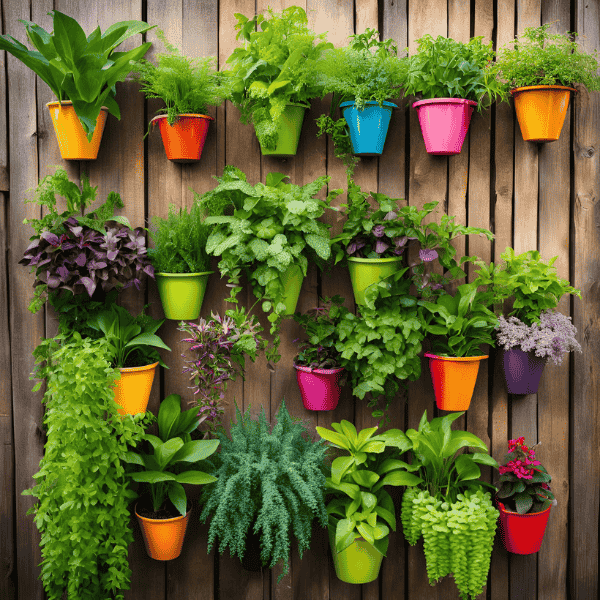Permaculture Design Principles: Creating a Garden That Works with Nature

When we think about gardening, we often picture a beautiful patch of land filled with flowers, vegetables, and perhaps a few trees. But what if we could design our gardens in a way that not only produces food and beauty but also works with nature, creating a sustainable, self-sufficient ecosystem? That’s where permaculture comes in.
Permaculture is a way of designing systems that mimic the natural world, making them more sustainable, efficient, and in harmony with the environment. It’s all about working with nature rather than against it, creating ecosystems that are resilient and self-regulating. Let’s take a deep dive into how you can incorporate permaculture principles into your own garden!
1. Observe and Interact with Your Environment
One of the first steps in designing a permaculture garden is to take the time to observe the space you’re working with. Every garden has its own unique characteristics – from the amount of sunlight it gets, to the types of plants that thrive there, to the patterns of rainfall and wind. By observing how your garden functions throughout the year, you can start to understand how nature interacts with it and what it needs.
For example, do you notice that one corner of your garden stays dry while another becomes a little waterlogged after heavy rains? By understanding these natural patterns, you can design your garden to work with them, placing plants in the areas where they’ll thrive.
2. Catch and Store Energy
Permaculture isn’t just about growing plants – it’s also about harvesting and storing energy. This could mean solar energy, water, or even nutrients in the soil. The goal is to make sure that the resources you have in your garden are used efficiently and stored for later use.
One simple way to catch and store energy is by creating a rainwater collection system. Installing a rain barrel or other rain-catching system can help you conserve water and use it during drier times. You can also place solar panels on your garden shed to capture energy for your outdoor lights, or use compost to build healthy soil that retains moisture for longer.
3. Obtain a Yield
When you design a permaculture garden, the goal is to produce something tangible that you can use – whether that’s food, herbs, medicinal plants, or materials like bamboo. But it’s also about designing your garden so that the yields are continuous and efficient.
This principle is all about planning your garden layout to ensure you get the most out of it. For example, stacking plants vertically (think of climbing vines on trellises or using layers of different plants at different heights) is a great way to maximize space and ensure you’re getting the most from your crops. A good permaculture garden will provide a steady supply of food throughout the seasons, with minimal input from you.
4. Apply Self-Regulation and Feedback
In nature, everything is in a constant state of feedback. If one element of the system is out of balance, it has a ripple effect on the rest of the system. The same principle applies to permaculture. You want to design your garden in such a way that it self-regulates, meaning that it can fix itself and doesn’t require constant intervention.
This could mean letting certain plants go to seed to attract beneficial insects, or planting nitrogen-fixing legumes that improve the soil for other crops. It’s about creating systems where each element of the garden supports and enhances the others, and the whole system thrives with minimal human input.
5. Use and Value Diversity
In permaculture, diversity is key to creating a resilient, healthy ecosystem. The more diverse your garden is – in terms of plant species, animal life, and even soil organisms – the more likely it is to bounce back from challenges like pests, disease, or extreme weather.
Think about planting a mix of perennials (plants that come back year after year) along with annuals (plants that complete their lifecycle in one season). This gives your garden more stability, and lessens the need for replanting every year. You can also introduce companion plants that help each other grow by attracting beneficial insects or improving soil quality.
6. Use Small, Slow Solutions
Sometimes, the best way to approach a problem in the garden is by taking small steps and making gradual changes. This principle encourages you to start small and observe the effects before making big changes. It’s much easier to correct small mistakes than it is to fix large ones!
For example, instead of overhauling your entire garden with a new design, you could try introducing one new permaculture technique at a time, like adding mulch to reduce water evaporation or planting a cover crop to improve soil health. Small, slow solutions help ensure that your garden grows sustainably over time.
7. Integrate Rather Than Segregate
In nature, everything is interconnected. In a permaculture garden, your goal is to integrate all the elements so they work together rather than separately. By thinking about how your plants, animals, and even structures (like your compost bin or chicken coop) can all interact, you can create a more efficient and self-sustaining garden.
For example, you might position your chicken coop near a vegetable garden. The chickens can help by eating pests and providing manure that can be composted and added back into the soil. This integration of elements ensures that resources are used efficiently and nothing goes to waste.
8. Use Edge and Value the Marginal
The edges of your garden – like the areas between your garden beds and paths, or the places where different ecosystems meet – are often the most productive and biodiverse. In permaculture, we aim to use these edges to our advantage.
You can increase the edge by adding more diverse plantings in corners or by incorporating elements like ponds, trees, or hedgerows. These areas tend to have more sunlight, shelter, and microclimates, which can support a greater variety of plants and animals.
9. Produce No Waste
In permaculture, there’s no such thing as waste. Everything in your garden should either be recycled, repurposed, or composted. This means you’re closing the loop and ensuring that resources are used in the most efficient way possible.
You can start by composting food scraps, leaves, and yard waste, which will help enrich the soil. You can also look at how you can repurpose old materials – for instance, using old bottles for a homemade greenhouse or turning a broken fence into a trellis for climbing plants.
10. Design from Patterns to Details
When designing your garden, it’s important to first focus on the larger patterns before you get into the finer details. Start by mapping out the sun’s path, water flow, and the wind direction across your garden space, then work your way down to the specific plants and their placement.
Once the big picture is in place, you can add details like where to plant individual crops, how to space your plants, and how to incorporate paths and seating areas. This holistic approach helps ensure that your garden design is efficient, sustainable, and well thought out.
Wrapping Up
By incorporating permaculture principles into your garden, you can create a space that works with nature rather than against it. You’ll not only be able to grow healthier plants and harvest more food, but you’ll also be doing your part to contribute to the health of the planet.
So, whether you’re a seasoned gardener or just starting out, permaculture is an exciting and sustainable way to design a garden that gives back to the earth. Start small, observe closely, and let nature be your guide!
Happy gardening! 🌱



